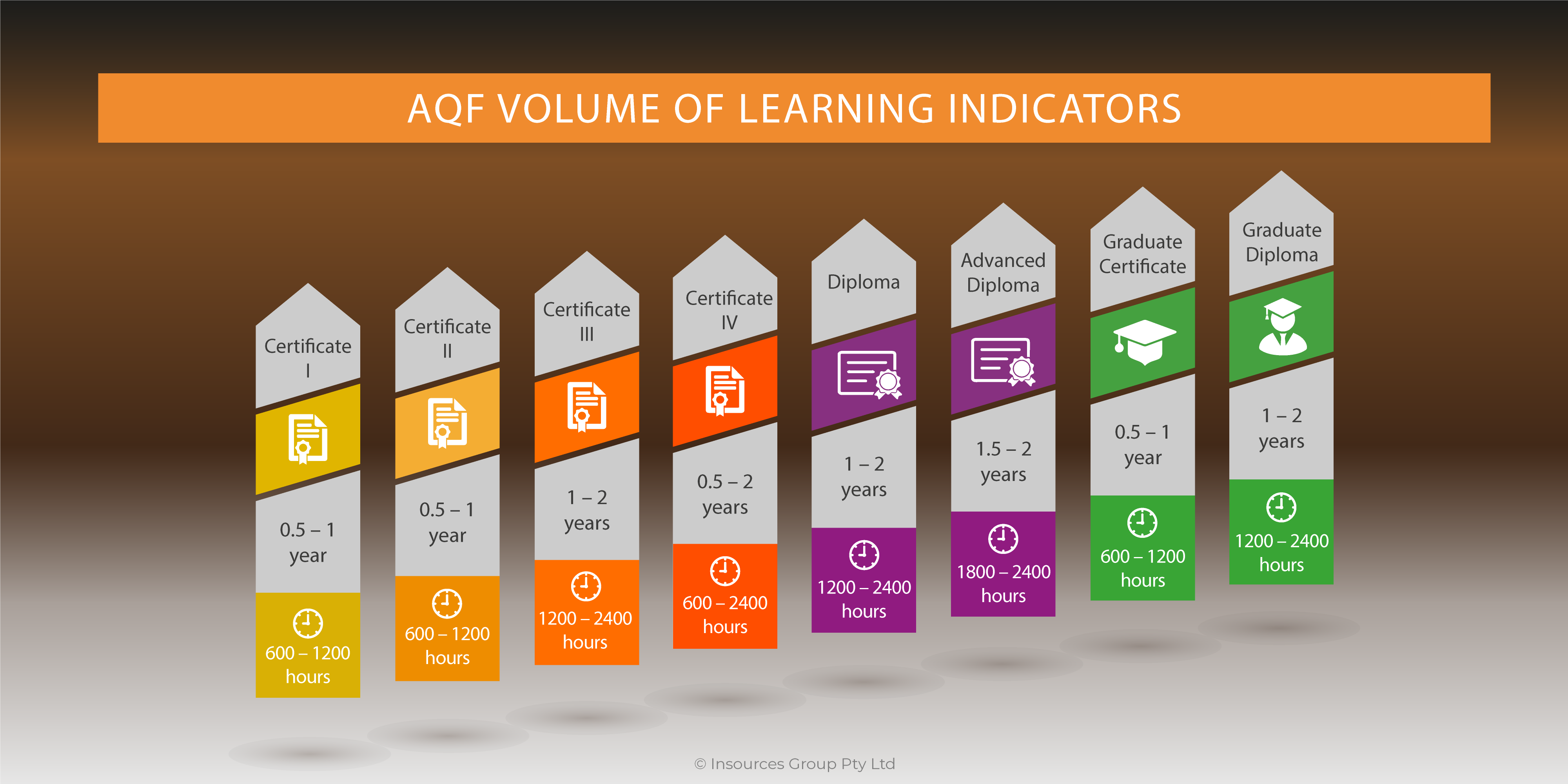Every great presentation deserves an audience, and every great audience deserves a presentation that delivers on its promises. It’s important to create a compelling story so people will want to attend and to organize content in a way that engages people and moves them to take the desired action, whether learning a skill, implementing a new policy, or buying software.
A great presentation, on the web or otherwise,
- Is about something people want to know or have become interested in
- Looks good
- Is delivered professionally
- Inspires people to take action.
If your presentation lacks any of these elements, something is wrong. If your content isn’t relevant to your audience, you won’t be able to deliver a great presentation. If your presentation has interesting visuals and the package is slick but at the end of your time with audience members they just shrug and say, “Not for us,” then as far as you’re concerned, you gave a good presentation but not a great one.
In other words, great presentations are compelling. Compelling is often defined as “forceful, demanding attention, or convincing” about as good a description of an excellent presentation, training seminar, or meeting as could ever be found.
As a presenter, you want to compel your audience in two ways. First, you want participants to show up interested in what you have to say and eager to learn more. Then you want them to take the desired action or learn the desired skill.
To compel them to show up, you must design the presentation with the audience members in mind. A well-thought-out invitation tells them what to expect and how to attend. Finally, you must deliver on your promise with a presentation that engages them throughout and drives them to take the desired action.
You’re a great trainer with a fabulous message. Your product is revolutionary. But why should audience members take time out of their hectic schedules to listen to what you have to say? No matter how experienced you are or how great your message is, people will not attend your presentation unless you give them a concrete reason to do so.
Let me tell you about someone who just didn’t understand this.
When I first started greatwebmeetings.com, a prospect complained that he couldn’t get anyone to show up for his free marketing webinars. He had paid a developer for world-class visuals (I could only dream of creating such great slides!), his presenters were slick, and he had a product that, if people tried it, had a great closing ratio. But he could not get enough people to sit through his marketing events.
I knew the problem as soon as I received the first invitation to an event. The email invitation read, “Learn all about the exciting new features of ABC Software, Version 2.0.” It then listed a number of the product’s new bells and whistles and why it was so fabulous.
The problem was that all of the benefits involved the presenter and had nothing to do with the customer. People had no reason to drop everything and register, just to learn about a new software program. (I don’t know about you, but I have enough software on my computer already.) The name of the software wasn’t compelling or interesting”I didn’t care, and neither did most of the folks on this client’s prospect list. If they did care about the product, then they were already customers and didn’t need to sit through a “get to know you” web event.
Make the benefit of attending the presentation clear in your invitations. Make attendees’ jobs easier. Save them money. Save them money while making their jobs easier. Just give them a good reason why they should care about what you’re telling them! Before you construct an invitation or put your presentation together, write”in a single sentence”what people will get from attending your presentation.
“Learn four ways to clear your ears after swimming” is so much more compelling than “Why Earcleaner Formula 4 is for you.”
“Hear our CEO outline what your job will look like for the next year” is more interesting than “Visit our town hall to hear the CEO speak.”
You’ve done a lot of thinking and analysis. It is time to put it to use. Compel people to attend by telling them what to expect and what great value they’ll get in exchange for their time. Don’t just get them to show up”make them want to show up. It all starts with the invitation.
Whether formal or informal, a good invitation should contain the same basic ingredients:
- The content of the presentation
- The type of audience it is designed for
- How it will benefit members of the audience
- When it will occur
- How to connect to the webinar or web meeting. (Make this as painless as possible please).
Answer all of these questions, and your audience will show up predisposed to listen to what you have to say, if not to take your requested action.
Wayne Turmel is the president of Greatwebmeetings.com and author of The Complete Web Presentation Handbook. He has more than 15 years of corporate communication knowledge and expertise in web presentation platforms.




